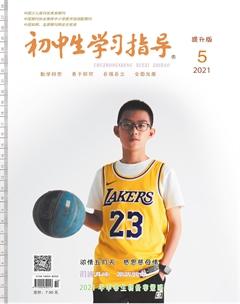反身代词用法讲解
2021-08-11王化清
王化清
反身代词又称自身代词,它是一种表示反射或强调的代词。它由第一人称、第二人称形容词性物主代词和第三人称代词宾格词尾加self或selves构成:
单数 myself yourself himself herself itself
复数 ourselves yourselves themselves
一、作及物动词或介词的宾语,表示动作返回到主语本身。如:
I want to build myself a country house. 我想给自己建一座乡间别墅。
You should take good care of yourselves. 你们应该照顾好你们自己。
但在表示位置的一些介词之后常用代词宾格代替反身代词。如:
I looked around me. 我环顾四周。
He closed the door after him. 他随手关上了门。
二、作主语或宾语的同位语,常置于与之同位的词后面,也可在句末。如:
I myself opened the windows. / I opened the windows myself. 我自己开的窗。
Do you see the teacher himself?你見到老师本人了?
三、反身代词有时可以用作主语或表语。如:
Both my sister and myself wanted to go and work there. 我妹妹和我自己都想去那儿工作。
That’s herself. 那就是她自己。
四、一般不用作定语。如:
那些是他们自己的自行车。
错误:Those are themselves bikes.
正确:Those are their own bikes.
Those are bikes of their own.
当one指人时,其相应的反身代词通常用oneself,在美国英语中也可用himself。如:
One should not live for oneself(himself)alone. 一个人不应该只为自己活着。
五、反身代词常和某些动词连用。如:enjoy,help,teach,learn,look after,hurt,dress等。
enjoy oneself玩得开心 have a good time玩得开心 help oneself to...(招待用语)随便吃……
teach oneself / learn by oneself自学…… look after oneself 照顾自己
hurt oneself伤着自己 dress oneself 自己穿衣服
